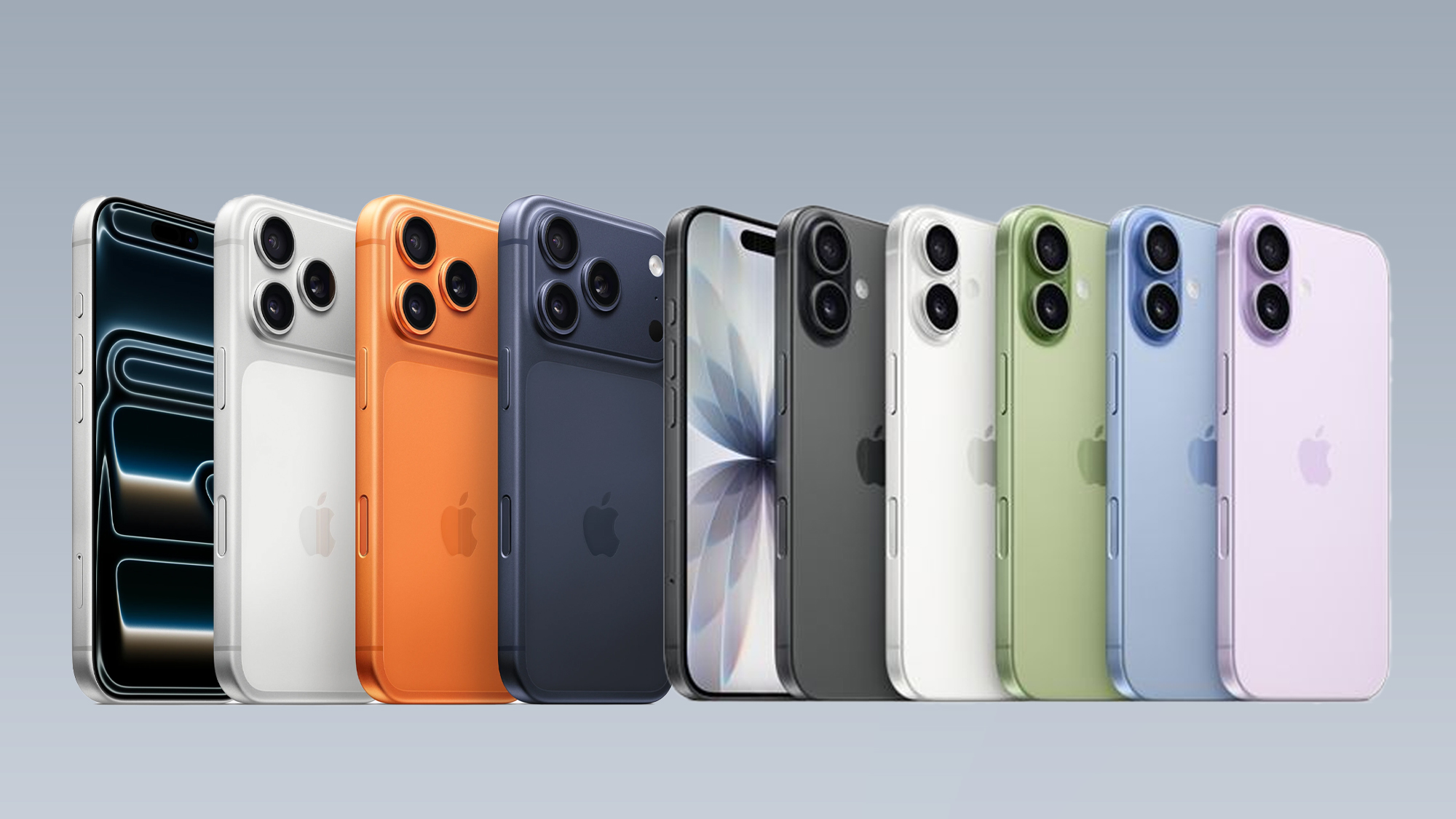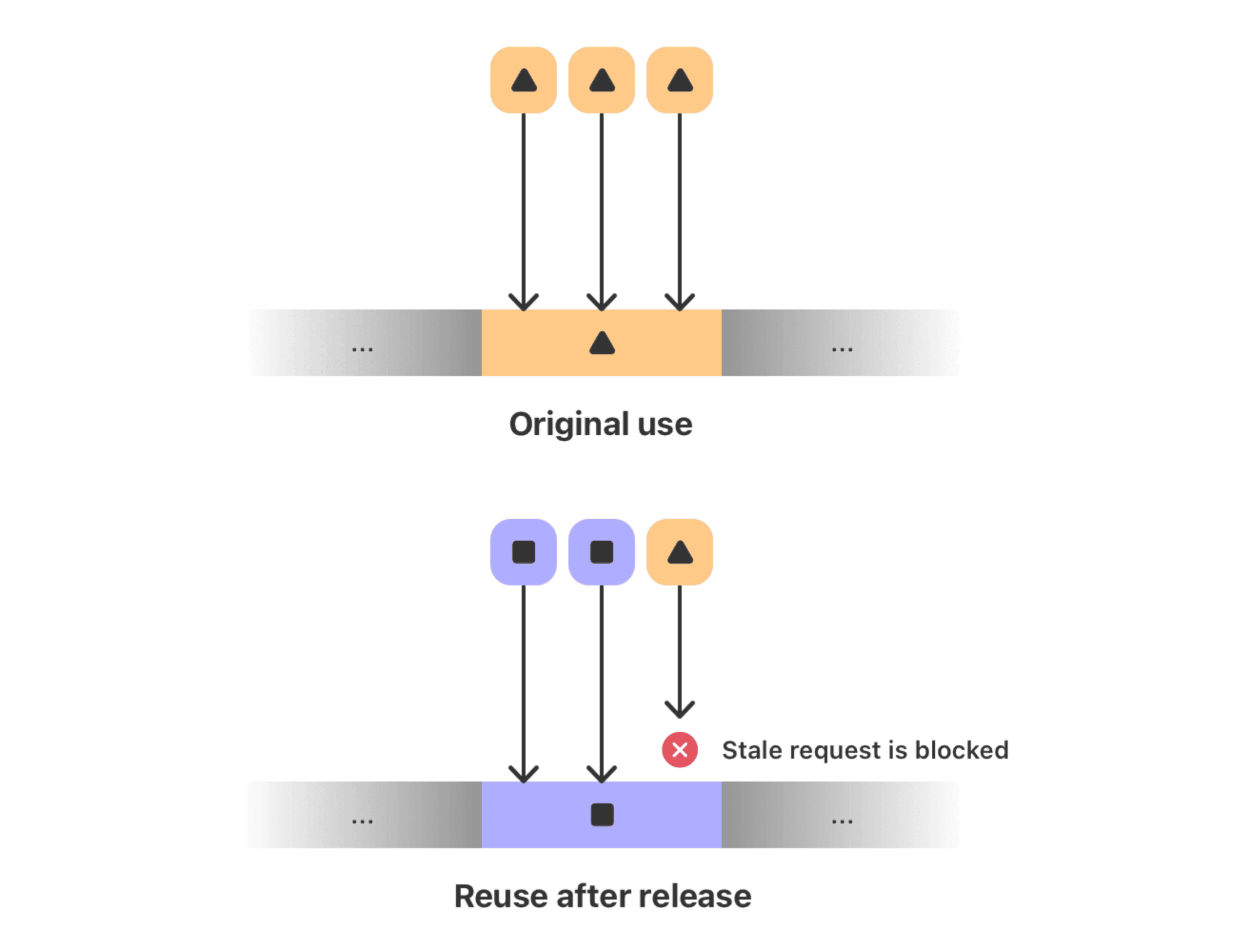Apple may have found a solution against attacks carried out by mercenary spyware vendors.
The Big Tech giant claims that its newly launched Memory Integrity Enforcement (MIE) is set to make spyware attacks way more difficult to develop and maintain.
Memory Integrity Enforcement (MIE) will be available for all iPhone users updating to the new iOS 26. However, anyone getting an iPhone 17 series or iPhone Air will also benefit from the new Enhanced Memory Tagging Extension (EMTE) feature.
Built on ARM’s original Memory Tagging Extension (MTE) released in 2019 – a tool for detecting and preventing bugs in the memory at a software level – EMTE now acts as a real-time defense for iPhone users.
With iPhone products already well-equipped against malware-based attacks, these new protections will boost user security considerably – in a way that not even the best VPN or other security tools could.
“Because of how dramatically it reduces an attacker’s ability to exploit memory corruption vulnerabilities on our devices, we believe Memory Integrity Enforcement represents the most significant upgrade to memory safety in the history of consumer operating systems,” reads Apple’s official announcement.
The issues with spyware and memory safety

As Apple explains in its blog post, mercenary spyware attacks are more complex and invasive than phishing, malware, and other common consumer attacks. Crucially, spyware attacks are the only system-level attacks against iOS systems observed in the wild, according to the provider.
“Known mercenary spyware chains used against iOS share a common denominator with those targeting Windows and Android: they exploit memory safety vulnerabilities, which are interchangeable, powerful, and exist throughout the industry,” Apple explains.
Improving memory safety has been a major focus for Apple’s security team since at least 2018. Fast-forward to September 9, 2025, the Big Tech giant released a new comprehensive memory safety defense called Memory Integrity Enforcement (MIE) – a system built on Apple’s secure memory allocators technology.
On the latest iPhone, MIE is also coupled with Enhanced Memory Tagging Extension (EMTE) in synchronous mode. This means the feature checks for memory corruption in real-time.
How Apple’s new Memory Integrity Enforcement (MIE) can fix them
“With the introduction of the iPhone 17 lineup and iPhone Air, we’re excited to deliver Memory Integrity Enforcement: the industry’s first ever, comprehensive, always-on memory-safety protection covering key attack surfaces – including the kernel and over 70 userland processes – built on the Enhanced Memory Tagging Extension (EMTE) and supported by secure typed allocators and tag confidentiality protections,” reads the Apple’s announcement.
Specifically, the EMTE feature targets two of the most common memory corruption bugs: buffer overflows and use-after-free.
For the less techy folks out there, all you need to know is that both vulnerabilities enable attackers to read or even corrupt memory they shouldn’t have access to.

Until now, at least. According to Apple’s security team, the iPhone is now the first smartphone able to block attackers from exploiting these bugs, making the attacks significantly more expensive and unreliable to carry out. A mitigation that the team expects to work, for the very first time, against the well-known Specter V1 vulnerability, too.
Without going into too much technical detail, the added protection provided by Apple’s new MIE system means that, even if attackers manage to exploit an iPhone’s memory corruption bug, the memory they would be able to access or modify is extremely limited around that specific vulnerability.
For more info on how it works, check out Apple’s blog post.
All in all, “while there’s no such thing as perfect security, MIE is designed to dramatically constrain attackers and their degrees of freedom during exploitation,” Apple explains.
Additionally, not only is Apple improving security within the iPhone hardware and software, but the provider is also making its EMTE feature publicly available for all developers in Xcode. By doing this, the team hopes it’ll inspire wider adoption across the industry.